Private benefits and Social Benefits A private benefit refers to a benefit that the consumer of a good or service gets. Marginal private benefit (MPB) denotes the private benefit from absorbing one more unit of a good or service. An external benefit indicates a benefit that someone other than the consumer receives. The marginal external benefit is treated as the benefit of absorbing one more unit of a good or service that the consumer enjoys. Marginal social benefit indicates the marginal benefit enjoyed by the entire society - by the consumer and by everyone else on whom the benefit falls. Marginal social benefit is termed as the sum of marginal private benefit and marginal external benefit. That means MSB =MB + Marginal external benefit. Figure-5: Environmental Economics-Part A-Lecture 2-Sub Lecture 2B-Marginal Private Benefit, Marginal External Benefit, and Marginal Social Benefit -ageconbd.blogspot.com The marginal external benefit is termed as the vertical distance between MB and MSB curves. Figure-6: Environmental Economics-Part A-Lecture 2-Sub Lecture 2B-How a private market underproduces an item that generates an external benefit and creates a deadweight loss-ageconbd.blogspot.com Figure-8: Environmental Economics-Part A-Lecture 2-Sub Lecture 2B-How a private subsidy can achieve an efficient outcome-ageconbd.blogspot.com Figure-9: Environmental Economics-Part A-Lecture 2-Sub Lecture 2B-How vouchers can achieve a more efficient outcome-ageconbd.blogspot.com It is impossible to satisfy unlimited wants by using limited resources. Singapore has ensured the efficient utilization of its resources. Free-rider benefits from something without giving effort or paying for it. In other words, free-riders use goods without contributing their fair share. Price is treated as the controller of the behavior of producers and consumers. Without price, the market will not provide anything. Producers obtain profit as profit is the firm's objective. People will not be able to survive much longer by contaminating the environment. Figure-10: Environmental Economics-Part A-Lecture 2-Sub Lecture 2B-Efficient Political Outcome-ageconbd.blogspot.com Figure-11: Environmental Economics-Part A-Lecture 2-Sub Lecture 2B-Sustainable Production of Fish-ageconbd.blogspot.com As the number of fishing boats expands, the quantity of fish caught increases to some maximum. Overfishing takes place when the maximum sustainable catch of fish decreases. Figure-12: Environmental Economics-Part A-Lecture 2-Sub Lecture 2B-Why overfishing occurs-ageconbd.blogspot.com Marginal private benefit, MB, is termed as the average & catch of fish per boat. Marginal private benefit reduces as the number of boat increases. The marginal cost per boat is MC that is assumed constant. Equilibrium happens where MB equals MC. In equilibrium, the resource is overused because no one considers the effects of his/her actions on other users of the resources. The efficient use of a common resource needs the marginal social cost to equal marginal social benefit. |
Ticker
6/recent/ticker-posts
Environmental Economics-Part A-Lecture 2-Sub Lecture 2B
MD. SAJJAD HOSSEN
July 15, 2020
You may like these posts
Catagories
- _175
- -195
- 3-2
- 3-2 all course pdf
- Agricultural Economics
- Agricultural Economics Quiz Test
- Agricultural Finance pdf
- Agricultural Price Analysis
- BCS
- Chemistry
- DEPS 377
- Display ads
- English
- Environmental Economics
- Environmental Economics Part A
- Environmental Economics-Part A
- Environmental Economics-Part B
- eprothomalo
- eprothomalo-03.09.2020
- Financial Express Epaper
- Gift for Bangladesh
- Global
- Google Adsense
- HSC College Admission Website Link
- In-article ads
- Literature
- More
- News
- Online Assignment
- Online Class
- Online Class Summary
- Paypal Gift Card
- pdf add to blogger
- Poem
- Principle of Agricultural Economics
- Research Assignment
- SME
- SME-Part A
- SME-Part B
- University
- Xoinworkers
Popular Posts

Principle of Agricultural Economics
September 03, 2020
Tags
- 3-2
- SME
- SME-Part B
- SME-Part A
- Environmental Economics
- Agricultural Price Analysis
- Google Adsense
- Agricultural Economics
- DEPS 377
- Environmental Economics Part A
- More
- News
- Online Assignment
- eprothomalo
- -195
- 3-2 all course pdf
- Agricultural Economics Quiz Test
- Agricultural Finance pdf
- BCS
- Chemistry
- Display ads
- English
- Environmental Economics-Part A
- Environmental Economics-Part B
- Financial Express Epaper
- Gift for Bangladesh
- Global
- HSC College Admission Website Link
- In-article ads
- Literature
- Online Class
- Online Class Summary
- Paypal Gift Card
- Poem
- Principle of Agricultural Economics
- Research Assignment
- University
- Xoinworkers
- _175
- eprothomalo-03.09.2020
- pdf add to blogger
Random Posts
3/random/post-list
Recent in Environmental Economics
3/Environmental Economics/post-list
Popular Posts

Chemistry 2nd Paper Product 1
September 12, 2020

Agricultural Economics Admission Info
June 23, 2020

Environmental Economics-Part B-Lecture 1
July 10, 2020
Menu Footer Widget
Crafted with by TemplatesYard | Distributed by Gooyaabi Templates
Copyright 2020 agecon All Right Reseved



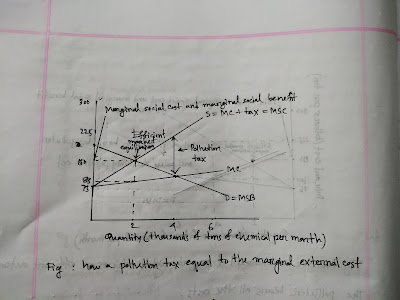
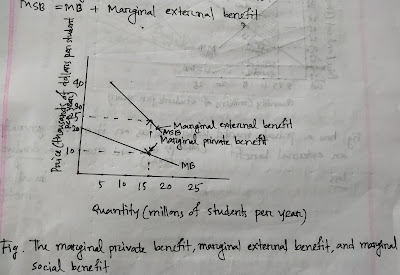

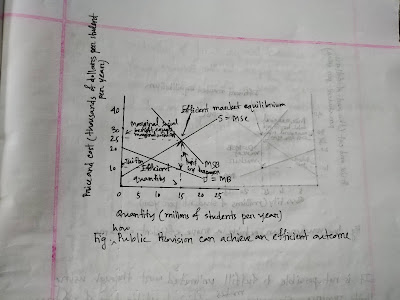
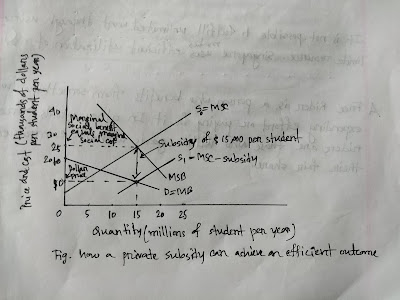
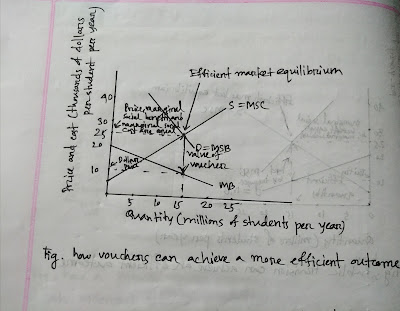

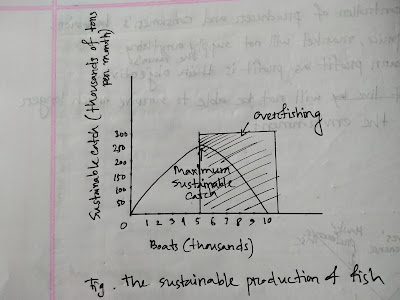
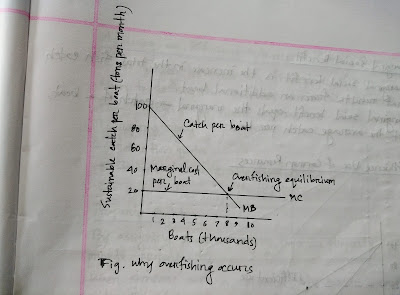

0 Comments